Last week, the NFL tried out one of the most intriguing gimmicks in recent history, airing a kid-focused broadcast of a first-round playoff game between the Chicago Bears and New Orleans Saints on Nickelodeon. You may have already seen the highlights: animated slime cannons superimposed in the end zone after touchdowns, Young Sheldon explaining pass interference, a graphic comparing Alvin Kamara to Alvin the Chipmunk — you get the idea. But it remains to be seen whether these kid-friendly tactics, among others from the country’s largest sports league, will be enough to attract the next generation of fans.
Let’s go back to that Nickelodeon NFL game. It was, if I may opine, an unmitigated success. Sure, it was a gimmick, but then again, three hours of the Bears offense failing to put together a drive isn’t good television unless there’s a gimmick.
Commentators Nate Burleson and Ian Eagle constantly explained the action with homework-associated metaphors, and Gabrielle Nevaeh Green and Lex Lumpkin, stars in Nick’s reboot of All That, brought a refreshing enthusiasm for the game, even if they weren’t exactly experts on what was going on. While it would get tiring if every game was like this, the Nick broadcast offered a brief respite from hot-take driven sports discourse and just let us enjoy how fun the game really is.
Of course, the broadcast had its downsides. For starters, the nation was treated to Cordarelle Patterson dropping a clear f-bomb after a referee call, which has certainly prompted some letters to the FCC. For better or for worse, we got to see the broadcast crew faced with the task of explaining why Mitch Trubisky, whose offense had to that point scored three points, had won the Internet fan vote for the Nickelodeon Valuable Player award.
And frustratingly for the football fans watching the game, the Nick broadcast cut to the commentators for the couple minutes after Anthony Miller was ejected for punching CJ Gardner-Johnson in the face, never explaining what was happening on the field. For as much fun as the slime cannons provided, we were reminded every once in a while that the NFL isn’t always a G-rated show.
But the bigger question is whether this broadcast achieved its goal of getting kids to become NFL fans, and while the data on child viewership isn’t public, it seems like most of the two million people who tuned in were probably, like myself, curious adult fans who wanted to see a one-time-only wacky football game.
While that demographic certainly seemed to have loved the game, it doesn’t mean kids did. Not only did the NFL get unlucky, with the Nick broadcast being the most boring game of the week by a significant margin, but its experiment may lack real staying power. If the spectacle that this broadcast provided is what attracted kids to football, are they going to enjoy the game when SpongeBob and the slime cannons are missing?
The Nickelodeon broadcast is just the latest in a long line of marketing attempts the NFL has made for children. I myself used to play mediocre Flash games on the NFL’s website for kids, NFL Rush, and the league even produced 65 episodes of a lore-heavy animated TV show, “NFL Rush Zone,” from 2010 to 2014.
NFL marketing also pushes fantasy football in kid-friendly packages, which is slightly more worrying when you consider that the adult version of those same fantasy games, endlessly advertised on the same NFL broadcasts that kids watch, are essentially gambling. None of these tactics seem to have had any long-term success, and the large majority of kids who become NFL fans probably do so because of friends and family rather than being convinced by these kinds of marketing campaigns.
It’s understandable that the NFL is desperate for new viewership, however, since the amount of competition for eyeballs has skyrocketed in the last decade. In 2017, marketing firm Magna found that the average age of NFL viewers has now pushed above 50, which is not only bad news for the future of the sport, but also means that the viewer population is less valuable to advertisers. The NFL is a brand that is inextricably tied to live television, but live TV viewership among young people is in a steep decline, with social media, video games, and content platforms like YouTube, TikTok, and streaming services taking up an increasing piece of the pie.
But the NFL isn’t dying. It still dominates other sports in viewership, with that same Bears-Saints game pulling 28 million viewers on CBS. But, given trends in media consumption, the league just needs to innovate.
A report from the consulting firm McKinsey notes that younger viewers still follow sports at a high rate, but they just do so through the consumption of highlights and sports-related social media content. It recommends the streamlining of sports content onto streaming services, which Amazon’s Prime Video is currently lining up to do, and shorter, more packed viewing sessions, which the NFL already does with its Red Zone whip-around coverage. With NFL broadcasting contracts all expiring within the next two years, we will hopefully be entering a new age where it is less prohibitively difficult to watch the NFL action you want to see, even if it means the network giants take a hit.
Still, even if Nickelodeon stars and cartoon cameos aren’t the real path to younger viewers, it was fun for just a day to see a laid-back, entertainment-focused NFL broadcast. While there’s no word yet on whether this will be an annual custom, Nickelodeon and CBS are part of the same media conglomerate, and the game gave Nick its highest ratings in four years, so the incentive certainly exists. While at the end of the day it was just another marketing ploy, the broadcast gave pro football a one-time touch of whimsy and wonder that it might normally lack.
Art by Ava Bayley for the UCSD Guardian


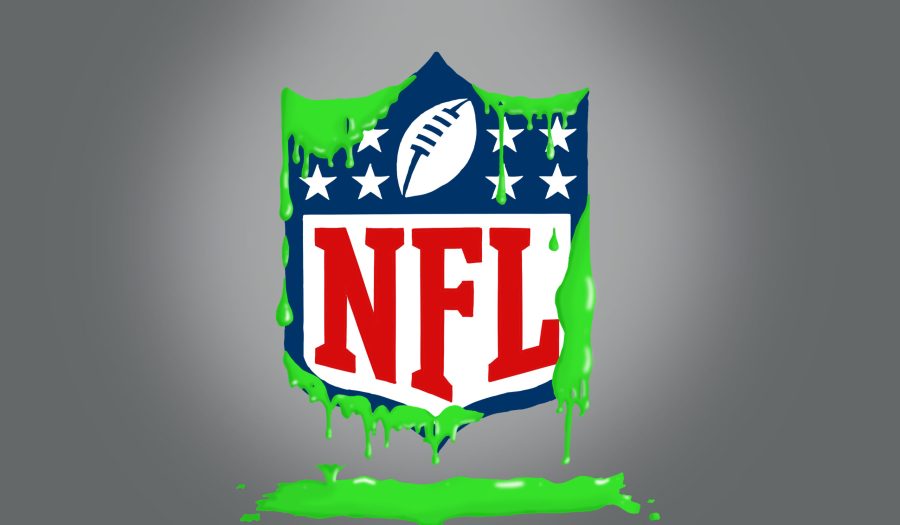


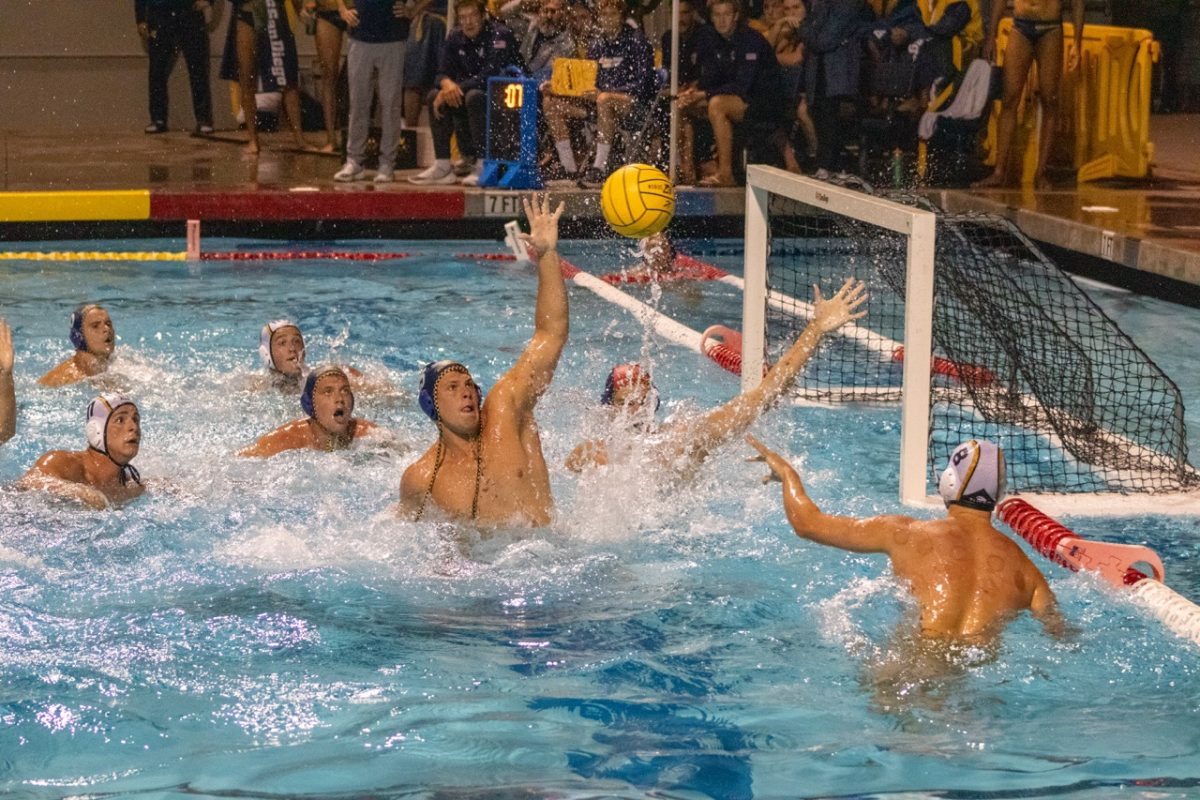
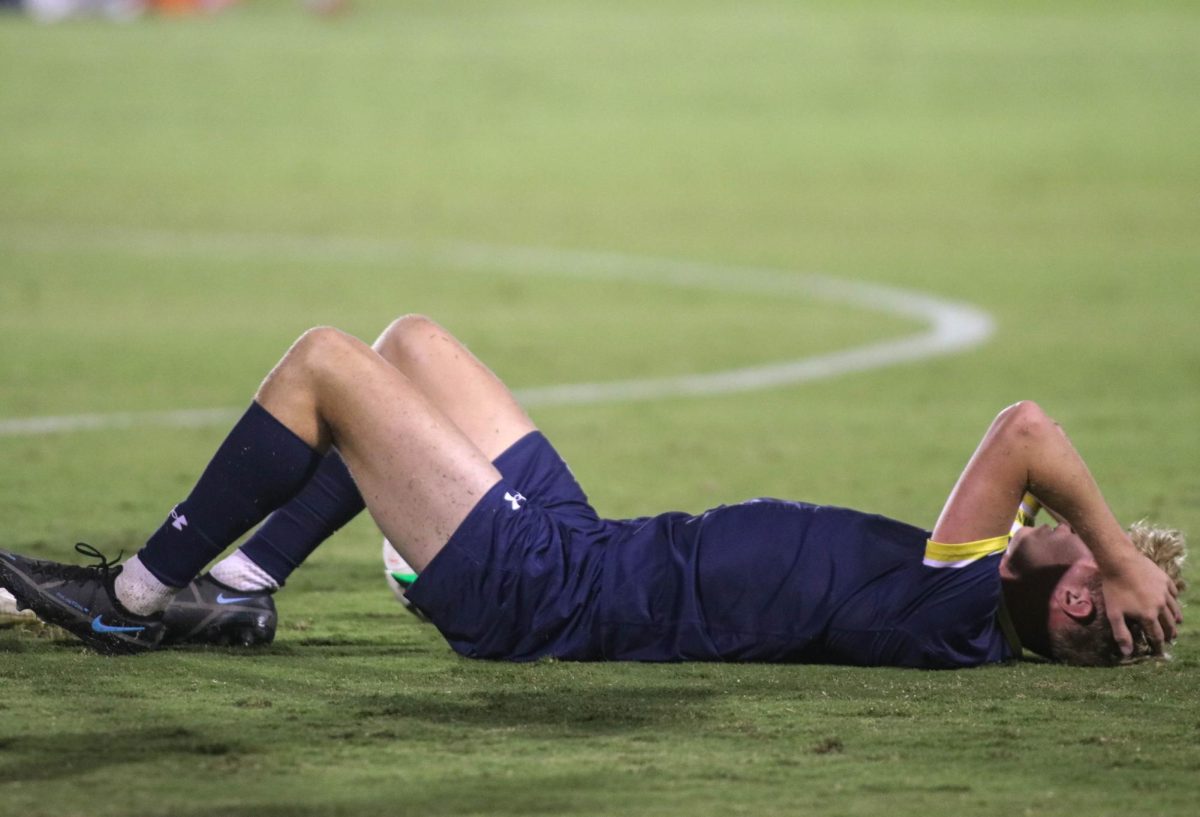
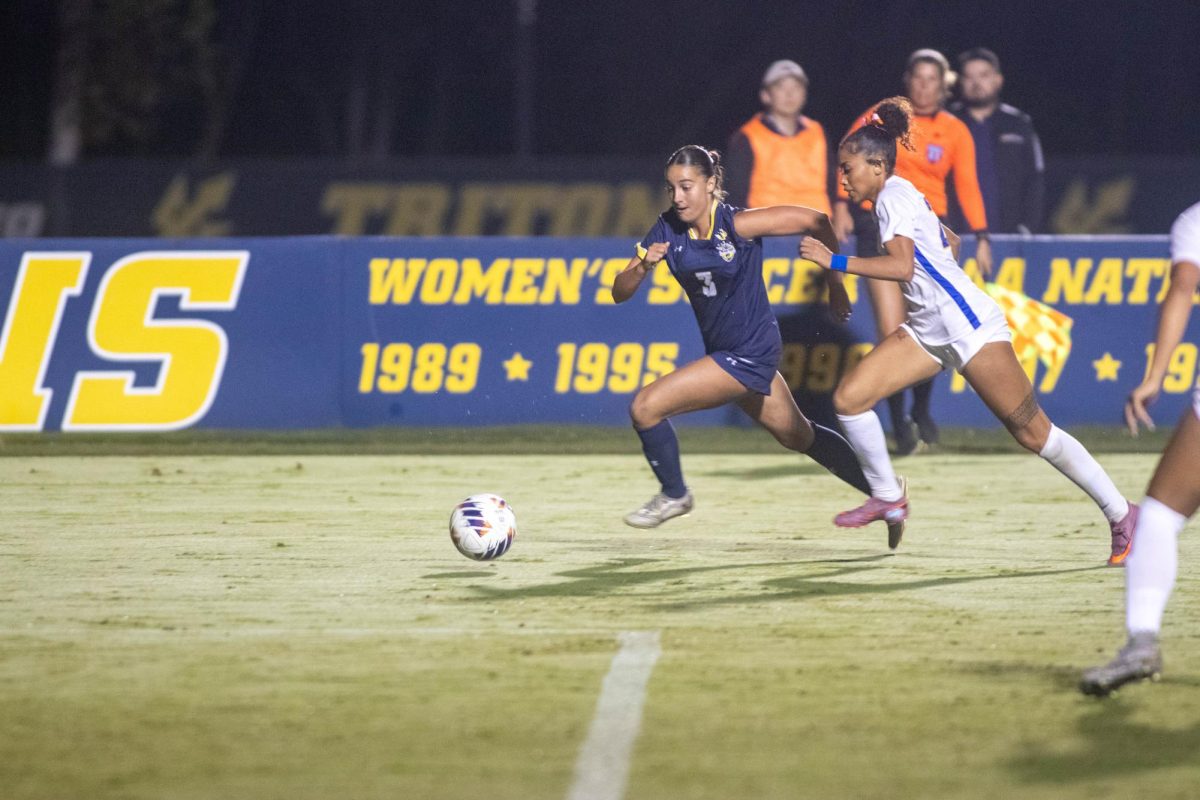

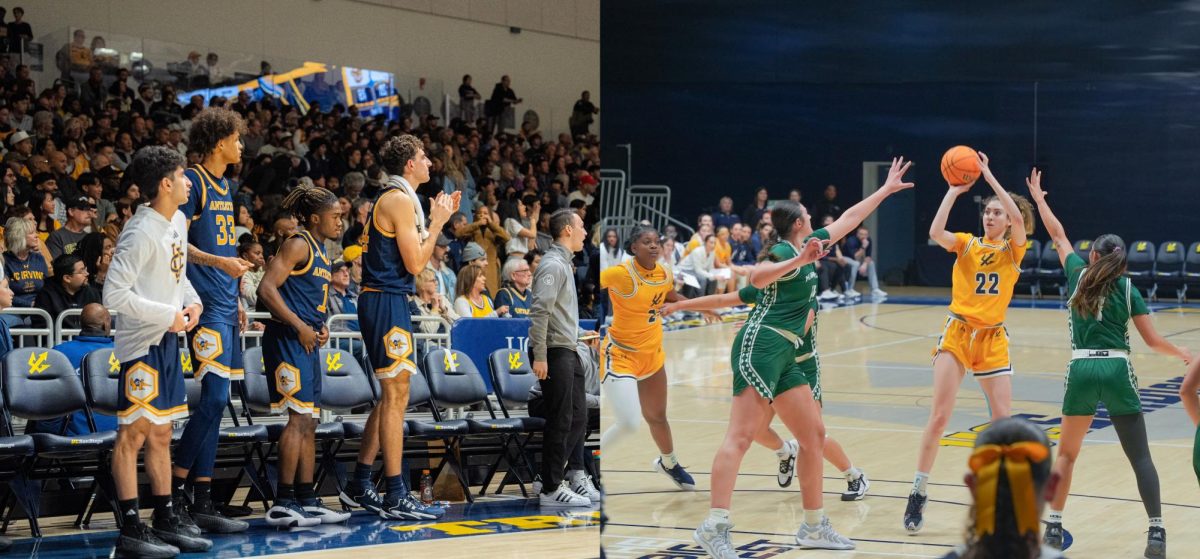
Boo-yah • Jan 19, 2021 at 1:08 am
SHORT TERM success,
LONG TERM flop.
That’s what this was. Imagine what it would be like if Nickelodeon broadcasted the pro football version of Florida International vs. The University of Miami Florida from 2006!